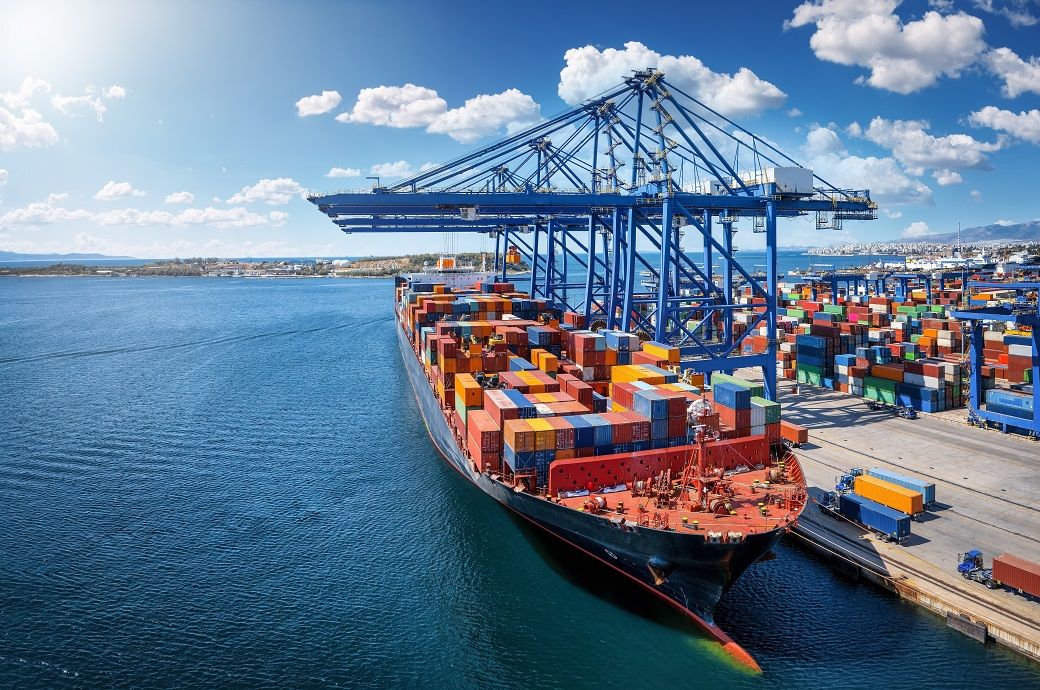At the session, Sonowal highlighted India’s growing maritime capabilities including favourable policy induced investment environment, proven shipbuilding strength, circular economy efforts, and innovative financing plans to accelerate sectoral growth.
“Under the able and visionary leadership of Prime Minister Narendra Modi, India is moving decisively toward the goals of Viksit Bharat and Atmanirbhar Bharat. These goals envisage India as a modern, self-reliant, inclusive, and globally engaged economy. In this journey, the maritime sector is central—not just as a driver of growth, but as an enabler of resilience, sustainability, and strategic connectivity. India has launched wide-ranging efforts to expand port infrastructure, integrate logistics systems, and improve ease of doing business for the private sector. These reforms are already bearing fruit in the form of increased port efficiency, stronger cargo flows, and rising investor confidence,” Sonowal explained.
Indian Minister Sarbananda Sonowal has announced that India has committed $20 billion to enhance multimodal logistics, port connectivity, and trade facilitation.
This initiative supports the nation’s Maritime Vision 2047, aiming to position India as a global maritime leader.
Key projects include the development of Green Hydrogen Hub Ports and the launch of the Maritime Development Fund.
He also highlighted strengthening of maritime connectivity and supply chains with strategic corridors like India – Middle East – Europe Economic Corridor (IMEEC), the Eastern Maritime Corridor (EMC), and the International North – South Transport Corridor (INSTC).
“To support these efforts, India is working to become a credible and competitive alternative. Through policy incentives, ease of doing business, and infrastructure enhancement, we are laying the foundation for India to emerge as one of the top five shipbuilding nations by 2047,” Sonowal added.
Emphasising the need for a green and sustainable maritime future, Sonowal added, “India is establishing three Green Hydrogen Hub Ports— Kandla, Tuticorin, and Paradip— to support the manufacturing of green hydrogen and its derivatives and to pioneer the use of alternative fuels in the maritime domain. We are also proud to lead under the IMO’s Green Voyage 2050 initiative, assisting developing countries in their energy transitions.”
“India’s maritime digital ecosystem is undergoing a transformation. Initiatives such as ONOP (One Nation – One Port Process), National Logistics Portal (Marine) and MAITRI – Virtual Trade Corridor are creating a unified national platform for port services and EXIM trade. These efforts are improving operational transparency, reducing transaction time and building real-time data systems. We are also engaging with global partners to establish virtual trade corridors that will digitally connect ports, enabling seamless cargo movement and reducing bottlenecks,” he explained.
In another session, ‘Ship Recycling – Enabler to Circular Economy and Sustainable Maritime’, India presented its mature, Hong Kong Convention (HKC) compliant ship recycling framework. The country’s environmentally regulated and high-capacity ship recycling ecosystem was showcased as a key contributor to global circular economy efforts. The event also featured a strategic presentation on India’s port-led decarbonisation strategy. This included the development of green hydrogen and ammonia production hubs at Indian ports to support green fuel bunkering, shipping corridors, and overall maritime decarbonisation goals.
On India’s proven Maritime manpower, Sonowal continued, “India is currently the second largest seafarer manpower provider to Norwegian owned ships. Through this platform, I would like to encourage larger partnerships for seafarer recruitment between Norwegian and Indian agencies. India stands ready—as a reliable, responsible, and forward-looking maritime partner. We are committed to shaping a maritime future that is green, secure, efficient, and inclusive.”
On the investment front, discussions focused on ‘Innovative Financing for Maritime Growth’, with insights into the proposed Maritime Development Fund. The blended finance model aims to use concessional capital from the government to unlock private investment. India also highlighted institutional mechanisms for risk sharing and partnership models to mobilise investments into its growing maritime sector.
Fibre2Fashion News Desk (RR)


